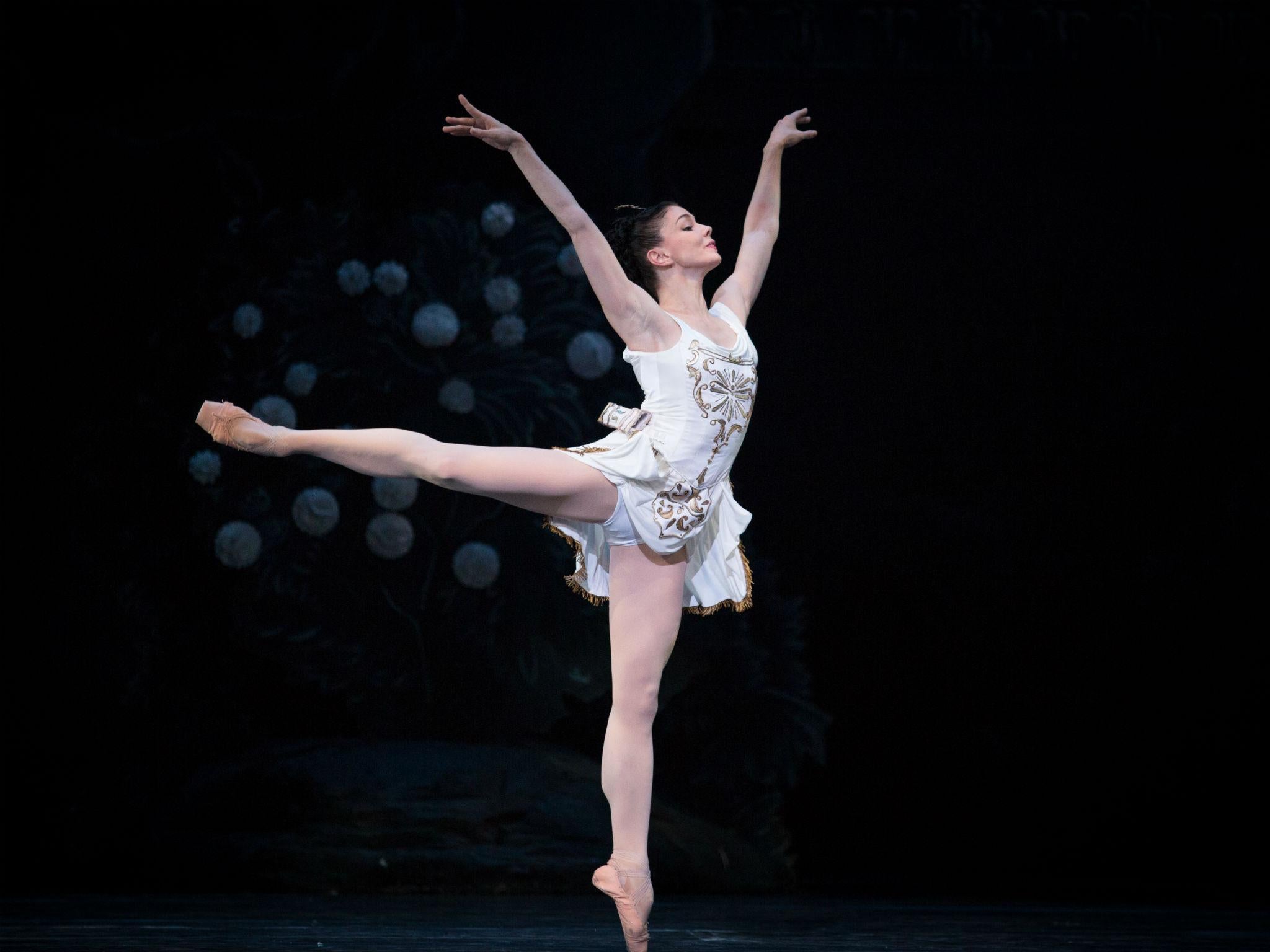Sylvia, Royal Opera House, London, review: Natalia Osipova delivers star power in full
Osipova in the title role isn’t always comfortable with the rich detail of Frederick Ashton’s choreography, but she makes up for it with powerful technique and huge charisma

Your support helps us to tell the story
From reproductive rights to climate change to Big Tech, The Independent is on the ground when the story is developing. Whether it's investigating the financials of Elon Musk's pro-Trump PAC or producing our latest documentary, 'The A Word', which shines a light on the American women fighting for reproductive rights, we know how important it is to parse out the facts from the messaging.
At such a critical moment in US history, we need reporters on the ground. Your donation allows us to keep sending journalists to speak to both sides of the story.
The Independent is trusted by Americans across the entire political spectrum. And unlike many other quality news outlets, we choose not to lock Americans out of our reporting and analysis with paywalls. We believe quality journalism should be available to everyone, paid for by those who can afford it.
Your support makes all the difference.The Royal Ballet’s Sylvia is ballet at its frothiest, a spun-sugar confection designed to show off a ballerina. In Natalia Osipova, it has a heroine who isn’t always at home with the luscious detail of Frederick Ashton’s choreography, but who delivers the star power in full.
Ashton created Sylvia for Margot Fonteyn, celebrating her range in a wealth of contrasting solos. He was also paying homage to 19th-century ballet, to the era of Delibes’ honeyed score. A story of nymphs, gods and love conquering all, this is 1952 pretending to be 1876 pretending to be a fantasy classical past (Greek or Roman, take your pick). The designs, by Christopher and Robin Ironside, are marvels of period scene paintings, with lush forests and baroque temples. The ballet fell out of favour without Fonteyn, but became an international success when reconstructed in 2004.
Sylvia is a nymph of Diana, sworn to chastity, who mocks Eros, the god of love and is punished by falling for the shepherd Aminta. She then gets kidnapped by the hunter Orion – who unfortunately comes with old-fashioned exotic sterotyping – and rescued by Eros in time for a big set of wedding dances.
With powerful technique and huge charisma, Osipova is an instinctively dramatic dancer. The whipped cream of Sylvia might not be her natural medium, but she pounces on every scrap of story. She brings bounding, Amazonian strength to the hunting dances, a Wonder Woman on pointe. Tricking Orion, she moves with sensuous glamour, but never loses the sense that this seduction has an escape plan behind it.
The wedding dances, which include the famous pizzicato solo, are more of a stretch for her. She leaps over the technical hurdles rather than luxuriating in them: there’s plenty of power, but less playfulness or musical delicacy. She’s always a commanding presence, filling the spotlight that the ballet prepares for her.
The Royal Ballet performance is lively. There are some rough edges – Ashton’s filigree footwork needs more polish from the corps de ballet – but the work’s charm comes over strongly.
As Aminta, Federico Bonelli dances with elegant line and lyrical sincerity. Ryoichi Hirano gives Orion plenty of swagger. Benjamin Ella is a delightful Eros, soaring through the dances and witty in his disguise scenes. Claire Calvert is terrific as Diana, bringing real authority to a short but demanding role.
Until 16 December. (roh.org.uk)
Join our commenting forum
Join thought-provoking conversations, follow other Independent readers and see their replies
Comments